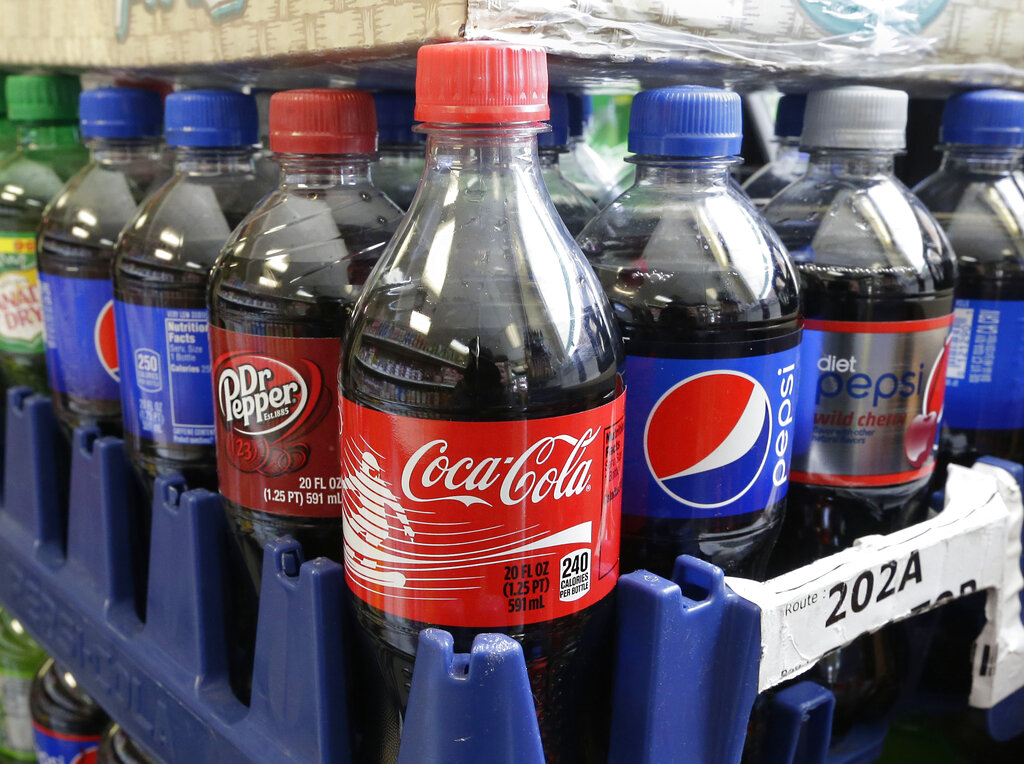For the fifth election cycle in a row, Rep. Kay Granger has raised more than $1.2 million in her campaign for re-election in District 12, while her Democratic challenger struggled to clear the $5,000 mark.
By the end of October, Granger had overwhelmingly outraised her opponents. Democratic challenger Dave Robinson brought in $10,355—nearly half of which came from Robinson’s pockets. Libertarian candidate, Matthew Solodow did not raise more than $1,000.
Although sizeable, Granger’s budget sits comfortably below the $2 million national average for Congressional campaign contributions this year. With exception of her initial $1 million campaign for election in 1996, Granger’s contributions have remained below the national average—but well above the reaches of challengers.
In 2000, Granger defeated Democratic challenger Mark Greene, who raised $82,656 in total campaign contributions. Greene was Granger’s last well-funded opponent. He came away with only 36 percent of the vote.
Largely, Granger’s campaign contributions have grown alongside her increased influence in the House. Contributions peaked in 2008, at $1.37 million as the nation’s political climate began to change in favor of the Democratic Party.
Since 2008, Granger’s contributions have shed a few hundred thousand dollars, but her total campaign funds are still hundreds of thousands of dollars above the budgets of the Democratic and Tea Party challengers that enter District 12.
Even though Granger’s competition for the District 12 representative has waned, she insists upon campaigning seriously for each election.
“I work for somebody who has never let her guard down and has always made sure she has done the best possible job every time,” said Matt Leffingwell, Granger’s chief of staff.
As such, every two years since 1996, Granger’s team has hosted fundraisers, held close community relations and kept funds rolling into her campaign fund.
There are three main tiers of donator within her campaign contributions: individual contributors, national supporters and Political Action Committees, Leffingwell said.
This year, donations made by individuals totaled $682,597, a little more than 80 percent of which came from and around District 12. The remaining $133,693 came from donors across the states who support Granger’s national policies.
“She is a congressperson with integrity,” said Bill Greenhill, chair of Tarrant County Community College. “She not only has our district interests in mind and represents them very well, but also, the interests of the State of Texas and the country, as well.”
Greenhill has found Granger’s policies agreeable enough to donate this year as well as years before.
Christopher C. Hull, a former assistant political science professor at Georgetown University, said he thinks perhaps the most democratic reason anyone would contribute to a campaign is because they believe the candidate represents them accurately.
Political Action Committees and high-dollar contributors may give money in order to gain access to the candidates, Jim Riddlesperger, professor of political science said.
In such cases, PACs are interested in gaining access to candidates regardless of party affiliation. Groups such as Cash America International Inc. PAC, which donated $10,000 to Granger, target winning candidates—Republican or Democrat.
“But since incumbents, especially in the House, win at 90 percent plus rates, the smart money is almost always on the incumbent,” Riddlesperger said.
However, some PACs and interest groups are ideologically driven. Groups like the “Every Republican Is Crucial ERICPAC” contributed strictly Republican funds and donated $10,000 to Granger.
Other PACs and corporations have developed mutually beneficial economic partnerships with Granger.
As State and Foreign Operations Subcommittee chair and as a member of the Defense Subcommittee, Granger has attracted the attention of Lockheed Martin and Bell Helicopter Textron—both major employers within District 12.
“The employees of those companies make a voluntary contribution to those PACs,” Leffingwell said. “They want their company to support candidates that know and care about their issues.”
Many look to Granger as someone who can secure defense contracts that will boost the economy, Leffingwell said.
“She is hugely important to our business,” said Norman Robbins, spokesman for Lockheed Martin. “And it would only be natural that we would be very supportive of her.”
Throughout her years of service, Granger has been a proponent of providing Israel with defense aid. In the past, Israel has purchased large quantities of F-16 fighters and reached a deal to purchase 19 F-35 jets—both aircraft are produced at Lockheed Martin facilities in Fort Worth, Robbins said.
Between individual and PAC donations, Granger received more than $100,000 in contributions from people within the defense aerospace industry, making the industry this year’s no. 1 source of donations for Granger.
But in many ways, the large corporate and wealthy individual campaign contributions do not adequately address the needs of every member of Granger’s constituency, said Hull, who worked for nearly a decade in public affairs.
For example, donors who worked in education accounted for a small amount of Granger’s total campaign contributions.
With $3,950 from individual donations, education workers ranked 42 out of 50 in campaign contributions. In other words, the number of defense workers, lawyers, homemakers or even dairy farmers outnumbered the monetary contribution of teachers and educators. For this reason, Hull started Blastroots.com, a website which allows users to select an issue, rally supporters, pool funds and lobby congress directly.
“Our business model is to convert small donors into large activists,” Hull said.
Blastroots.com, which is still in beta form, would provide a venue for voters who rely on a well-funded candidate such as Granger to get their issues into Congress.
But until websites like Blastroots.com become mainstream, contributions will continue to flow to incumbents like Granger who do their best to spend contributions appropriately.
The single largest drain on Granger’s campaign money is the National Republican Congressional Committee, which singlehandedly used $208,500. That is usually the price senior members of Congress pay, according to Leffingwell.
The money goes into a pool that is then distributed to emerging Republican congressmen and women throughout the country, Hull said.
The remaining $65,232 of her “other” budget was divided amongst foundations and interests her District 12 constituents support. For example, Granger contributed small sums to the Mitt Romney campaign and Hispanic Republicans of Texas.
However, Granger’s team spent the bulk of the contribution money, more than $760,000, on rallies, traveling, printing, catering, email services, consulting, advertising and fundraisers.
“Anything that supports Kay’s never-ending campaign is funded through the campaign fund,” Leffingwell said.
With the advent of social media and the 24-hour news cycle, every day is a campaign day for Granger. Like most incumbents, her primary role is to represent the constituency and communicate with those—not to take down challengers.
Which is why, according to Mattie Parker, her campaign manager, Granger has never used a negative ad. Rather, Granger’s campaign strategy does not focus on defeating an opponent, but winning a district.



